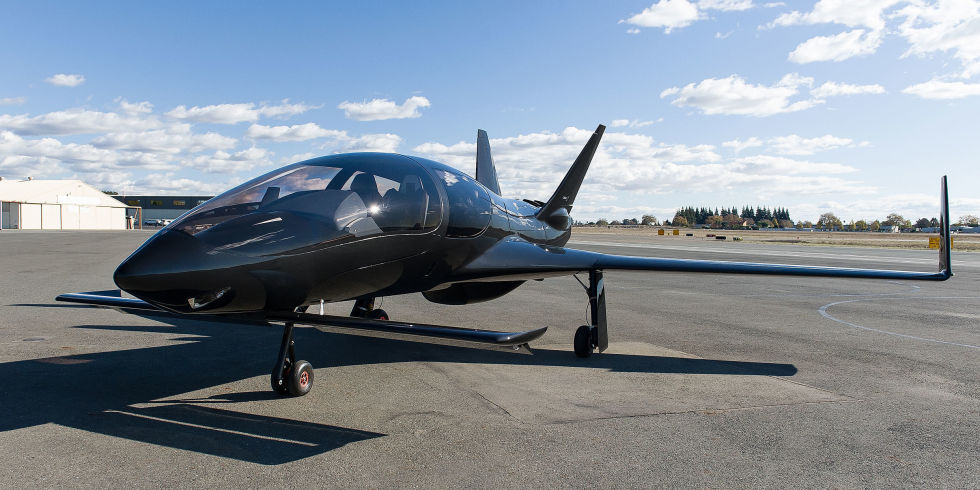Are there any benefits to the V tail? Aerodynamically better? Easier to fly? Besides looking different.
Sorry - had to have a "real keyboard" to add some details. For the V tails - go back 70 years and you have mostly round engined biplanes like the stagger wing for business transportation. The C195 was just coming out.
By comparison, the returning GIs were flying very aerodynamic aircraft (e.g. the P51). Beech (and others) were also looking for something cheaper to build. So the design of the V-Tail began as WW-II was coming to a close. (Test flights were in 1945 - also used a laminar flow wing!)
The "big bore" continentals were cutting edge tech. At 165HP - they packed a lot of power in a relatively small, light and aerodynamic package - unlike the radials. But the power was still much smaller. So Beech (Ryan and others) built an airframe around the new engine.
Beech focused on speed, being quiet, and something a lady could fly. Seriously! We Bonanza drivers are flying girly airplanes

I have a book somewhere that shows how many MPH was gained by various mods - typically just a couple of miles for each mod:
- 2 instead of 3 tail feathers
- retractable gear (that was a biggie)
- retractable step
- Flush rivets
- and the list goes on..
By the way, they did so well compared to the competition that the following were optional:
- An AM radio with antenna that could be deployed out the rear of the aircraft (seriously - with crank!)
- Safety flares (pop them to see the unlit runway below - pulled due to being a fire hazard)
- paint was optional (mine was originally painted - the cool ones are polished

)
- and some nice avionics - for the day
Oh - and the designed assumed unimproved runways (e.g. grass).
All this for the low price of $7,500 - not including options. (The Stagger wing was being sold for well over $14,000.)
Anyway, the history on these oldies is interesting. Still amazing aircraft by today's standards. My oldie competes very well if your "mission" is a pilot with maybe 1-2 others plus modest bags. Speed is 145KTS on 10GPH - MOGAS. Pretty much take off and land anywhere. Oh, and it is kinda interesting when you come back from the FBO and the old girl is posing for a picture by a stranger...
(Yep, I'm originally from Kansas ...)







